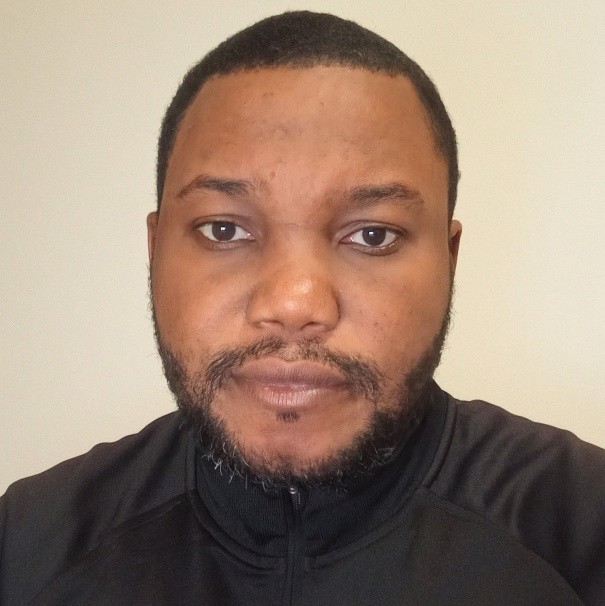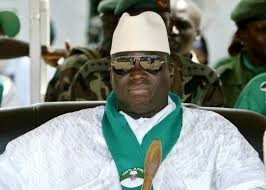The recognition of Palestine as a sovereign state by about 150 of the 193 Member States of the United Nations (UN), recently joined by countries such as the United Kingdom, Canada, and France, is undoubtedly a welcome development. It offers a glimmer of hope for the much-needed two-state solution that could bring lasting peace to Arabs and Jews across the wider Middle East. However, beyond these proclamations of recognition, much remains to be done to address the deeper issues fueling the Arab–Israeli conflict.
Article 1 of the 1933 Montevideo Convention on the Rights and Duties of States, a cornerstone of international law, outlines four qualifications for statehood:
1. A permanent population.
2. A defined territory.
3. A government.
4. The capacity to enter into relations with other states.
Yet, the Montevideo Convention does not address two additional factors often considered important for statehood: SOVEREIGNTY and RECOGNITION.
While Palestine possesses many of the features of statehood, it still lacks sovereignty and robust recognition by key global powers whose decisions shape the international order. In this regard, the role of the United States remains decisive.
History provides a useful example worthy of mention here. Taiwan, then the Republic of China (ROC), originally held China’s seat at the United Nations, including its permanent seat on the Security Council, alongside the US, USSR, UK, and France from 1945 until the early 1970s.
Following the Chinese Civil War in 1949, the Communist Party established the People’s Republic of China (PRC) in Beijing, while the ROC government retreated to Taiwan. Both governments claimed to represent “all of China”.
Through the 1950s and 1960s, most Western countries, led by the United States, continued to recognize the ROC as the “legitimate government of China,” largely for Cold War strategic reasons against the Soviet Union and its Eastern bloc.
By 1971, however, Washington, under President Richard Nixon, shifted course. In a strategic move to counterbalance the Soviet Union, the US engaged in backdoor diplomacy with Beijing. That year, the UN General Assembly adopted Resolution 2758, recognizing the PRC as “the only legitimate representative of China to the United Nations” and expelling the ROC. From that point, the PRC assumed China’s UN seat, including its permanent seat on the Security Council, leaving to this day, the state status of Taiwan to be hanging in the air.
Eight years later, in 1979, the United States formally switched recognition from the ROC (Taiwan) to the PRC (China), establishing diplomatic relations with Beijing. This episode demonstrates the immense influence Washington wields within the UN and more broadly, the international system.
Against this backdrop, the recognition of Palestine by a majority of UN member states, without the active involvement of the United States, risks making the recognition largely symbolic. As Article 3 of the Montevideo Convention makes clear: “The political existence of the state is independent of recognition by the other states. Even before being recognized by other states, the state has the right to defend its integrity and independence.”
Recognition, therefore, is not a prerequisite for statehood or legitimacy in international law. It is often, however, a political gesture, a kind of “face-saving” diplomacy for governments seeking to appear balanced without altering the geopolitical realities on the ground.
The challenge now is to move beyond rhetoric toward pragmatic diplomacy that engages all the key actors – Israel, Palestine, the United States, and the wider international community. Only such inclusive engagement can guarantee a sustainable peace in the Middle East and prevent the endless cycle of conflict.
Author: S. A. Usman is an International Relations expert.






